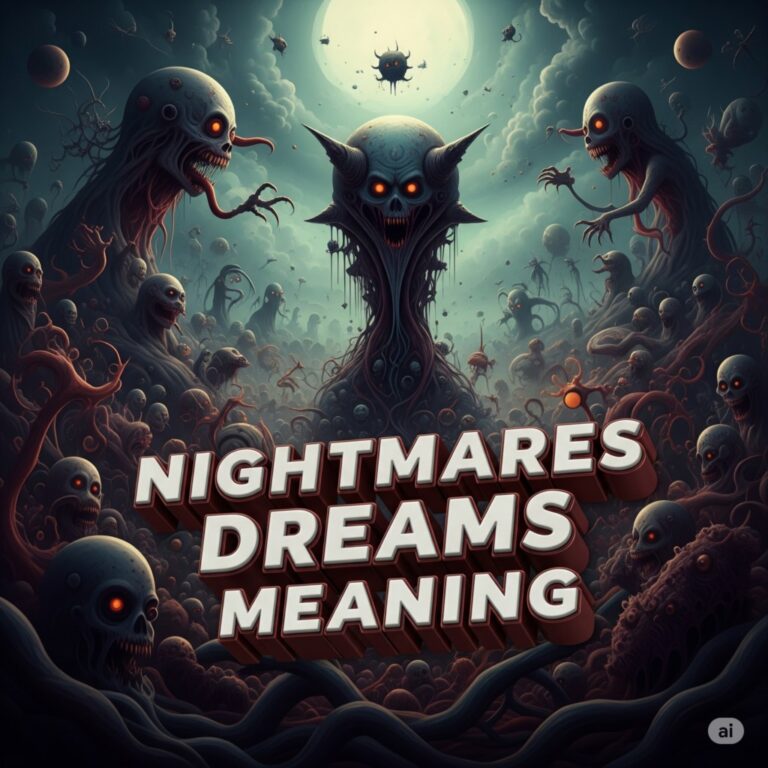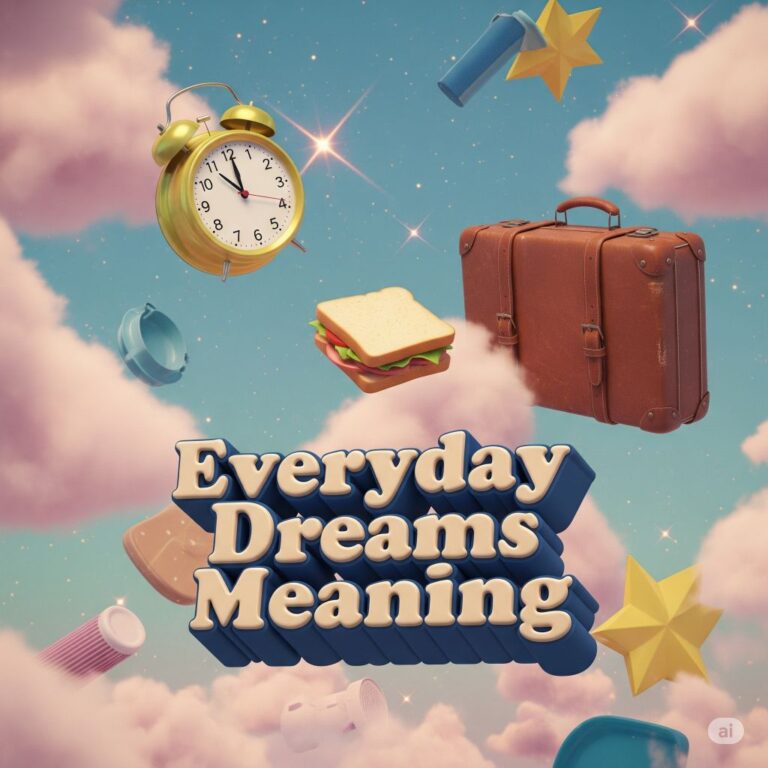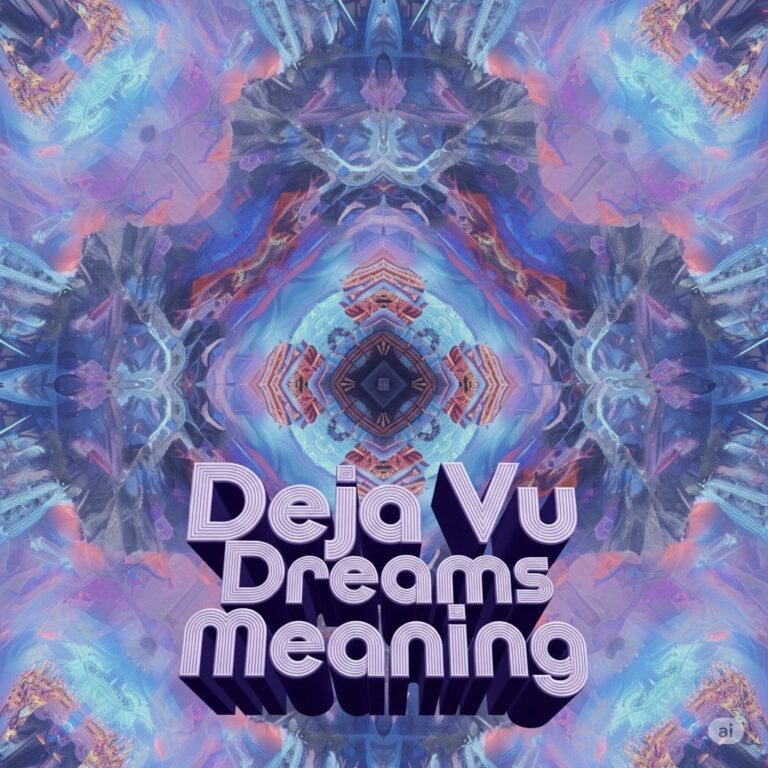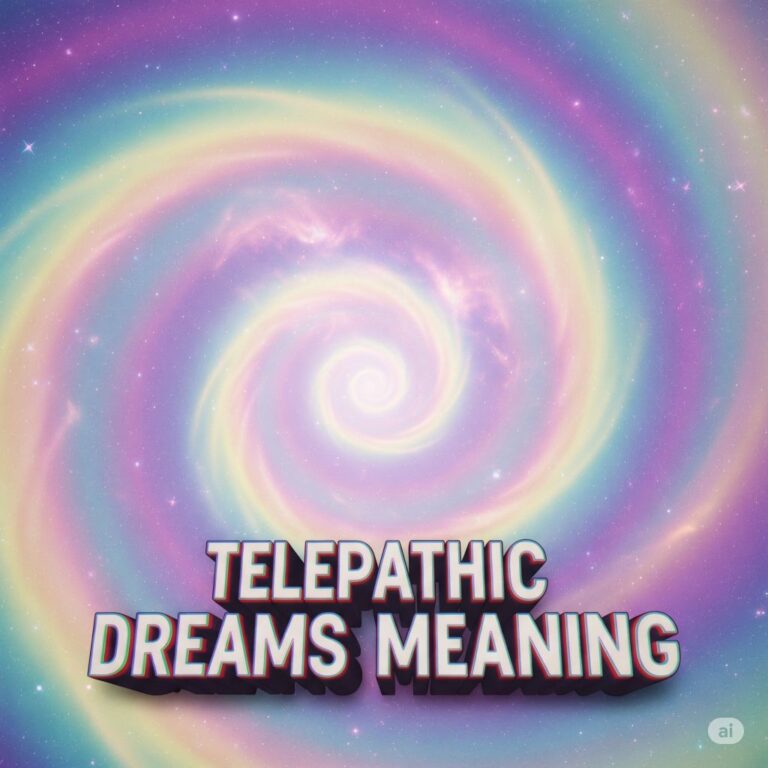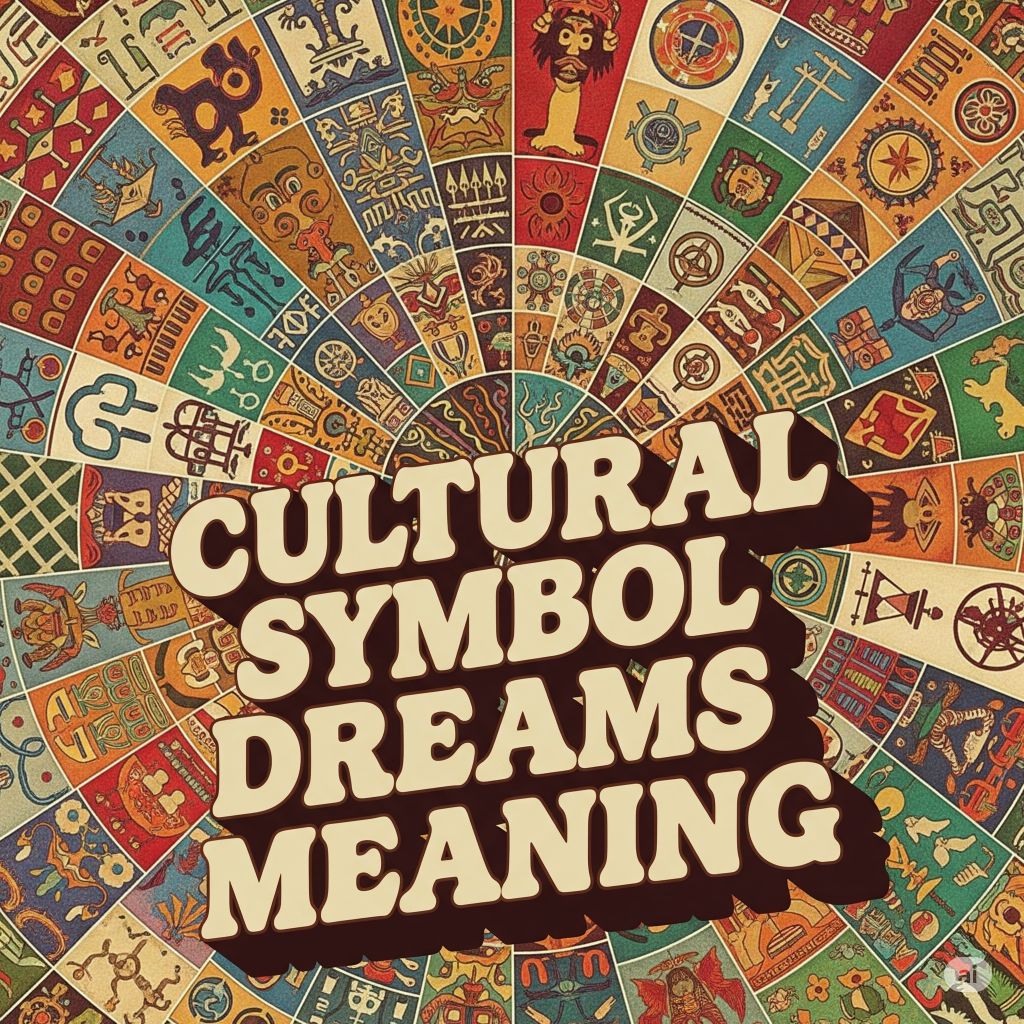
Dreams are deeply personal, yet they are often shaped by the collective beliefs, stories, and values of the societies in which we live. When we encounter vivid images or scenarios in dreams that seem to “speak” a special language, we may be experiencing cultural symbol dreams. These are dreams where symbols with specific cultural meaning—animals, colors, objects, rituals, or mythical figures—appear as important elements.
These symbols serve as a bridge between the individual unconscious and the collective consciousness of a culture, revealing insights not just about personal feelings or situations, but also about the deeper traditions and wisdom shared by entire communities.
What Are Cultural Symbol Dreams?
Cultural symbol dreams are dreams in which objects, animals, gestures, or scenarios carry meaning that is embedded in a specific group’s collective consciousness. For example, a dragon in a Chinese dream might symbolize strength and good fortune, while in Western traditions, it might represent chaos or a formidable challenge.
These dreams often draw from:
- Folklore and mythology
- Religious icons or scenes
- Traditional colors or animals
- Customary rituals or ceremonies
- Famous historical or legendary figures
Why Do We Have Cultural Symbol Dreams?
- Collective Unconscious: Swiss psychologist Carl Jung introduced the idea that beneath our individual psyche is a shared foundation of symbols and archetypes (the “collective unconscious”), which express themselves in dreams.
- Identity Formation: Dreams help us navigate our sense of belonging, values, and roles within a community.
- Problem-Solving Through Tradition: The mind uses cultural stories and symbols to process dilemmas, seek guidance, or cope with life transitions.
- Emotional Resonance: Culturally meaningful symbols have emotional power, making them more likely to appear in meaningful or “big” dreams.
Examples of Cultural Symbols in Dreams
Here are some well-known cultural symbols and their traditional interpretations (noting these meanings can vary):
| Symbol | Culture/Origin | Common Dream Meaning |
|---|---|---|
| Dragon | Chinese | Good luck, power, prosperity |
| Dragon | European | Danger, subconscious fears to be conquered |
| Snake | Ancient Egypt, India | Wisdom, transformation, rebirth, or healing |
| Snake | Biblical/Christian | Temptation, deceit, evil, or hidden knowledge |
| Lotus Flower | Buddhism, Hinduism | Spiritual awakening, purity, rising above adversity |
| Raven | Native American | Messenger, shape-shifter, creator, or trickster |
| Cross | Christianity | Faith, sacrifice, salvation, guidance |
| Cow | Hinduism | Reverence, abundance, maternal nurturance |
| Water | Global | Emotional state, purification, crisis, or renewal |
| Owl | Greek, Native American | Wisdom, intuition, message from the otherworld |
Interpreting Cultural Symbol Dreams
1. Consider Personal Background
The meaning of a cultural symbol depends on your upbringing, location, and ancestral heritage. For example, dreaming of an owl might evoke wisdom in one culture, but omen or death in another.
2. Context is Key
- How did the symbol appear? Was it helpful, threatening, beautiful, sick, etc.?
- What emotions did you experience when encountering it?
- Was the setting traditional or modern? Were there other supporting symbols?
- Did the symbol interact with you or with others in a particular way?
3. Refer to Cultural Stories
Explore folklore, myths, and proverbs associated with the symbol. Sometimes, the story surrounding the symbol offers clues to dream interpretation.
4. Look for Universal Archetypes
Jungian archetypes—like the wise old man, the trickster, the hero’s journey, or mother goddesses—often appear in culturally adapted forms.
5. Seek Community Wisdom
In many societies, elders, shamans, or priests interpret dreams as part of their role. Bringing dreams to community circles for interpretation remains common in parts of Africa, Oceania, and Indigenous Americas.
Examples from Around the World
- China: Dreaming of a red envelope often signals incoming prosperity or a significant life occasion.
- Middle East: Seeing dates (the fruit) in a dream can foretell fertility, abundance, and communal celebration.
- Mexico: Skulls in dreams during “Día de los Muertos” are often comforting, symbolizing the cyclical nature of life and death.
- African Cultures: Dreams involving ancestors are not just personal but are messages from the spirit world meant for the dreamer’s entire lineage.
Spiritual and Religious Perspectives
Many world religions emphasize the importance of dream symbols:
- Islam: The Prophet Muhammad encouraged seeking interpretation for dreams, often drawing on Quranic or Hadith symbolism.
- Christianity: Many biblical stories involve symbolic dreams (Joseph’s dreams of grain and stars; Nebuchadnezzar’s statue).
- Judaism: Talmudic tradition includes extensive discussion on dream omens and their meanings.
- Hinduism and Buddhism: Dreams are seen as opportunities for divine communication or enlightenment and often involve sacred animals, deities, or symbols.
Contemporary Relevance
- Immigrant Descendants may dream in symbols familiar to their ancestors even if raised outside that culture.
- Globalization Introduces Hybrid Symbols: Dreams might blend symbols from multiple cultures, reflecting a more cosmopolitan identity.
- Art and Media: Mass culture introduces new symbols (superheroes, logos, pop icons), blending with traditional ones in dreams.
How to Work with Cultural Symbol Dreams
- Keep a Dream Journal: Track symbols, objects, and figures that appear in your dreams, noting context and emotional tone.
- Research Symbolism: Compare multiple sources—folk stories, religious texts, academic articles, elders’ wisdom.
- Reflect on Identity: Ask how the symbol relates to your life stage, community, or heritage.
- Share & Discuss: Talking about dreams with family or within cultural or spiritual groups can reveal new layers of meaning.
- Contemplate Actions: Sometimes, cultural symbol dreams prompt action (seeking advice, performing rituals, changing behavior).
Conclusion
Cultural symbol dreams are powerful reminders that, even in our most private moments of sleep, we are connected to our communities and our ancestors through a web of shared meaning. Interpreting these dreams requires sensitivity both to cultural traditions and personal experience. By honoring and exploring the symbols in our dreams, we deepen our understanding of ourselves, our heritage, and our unique place in the human story.


